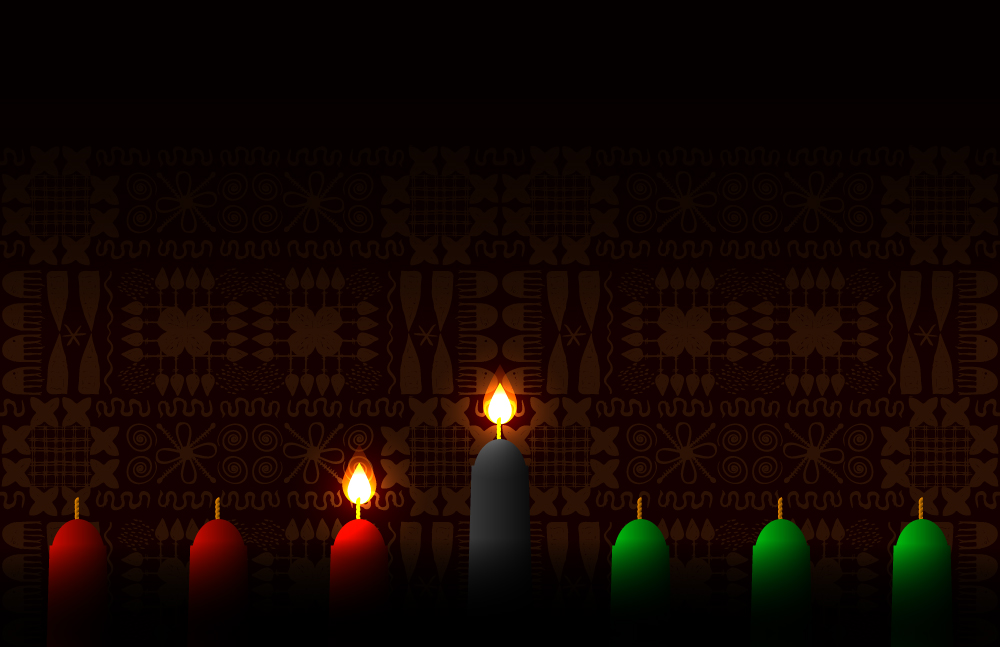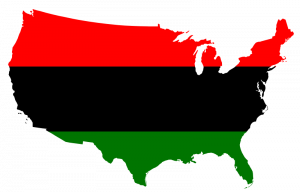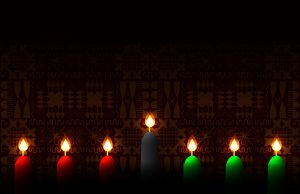Call: Habari Gani?! (What's going on?)
Response: Kujichagulia! [koo-jee-chah-goo-lee-yuh]
See my previous article about Kwanzaa for an explanation of the call and response.
Today is the second day of the Kwanzaa celebration, and it is focused on self-determination.
We light the middle, black candle and the red candle that sits next to the black candle on the left in our kinaras.

According to the Nguzo Saba, as written by Maulana Karenga, self-determination means:
to define ourselves, name ourselves, create for ourselves and speak for ourselves
Since the Seven Principles of Kwanzaa should be implemented all year long, let’s talk about how to make that happen.
One way to define yourself is to keep a personal history, whether you do it in writing, online or offline, through scrapbooking or by audio and/or video.
If you don’t tell your own story, someone else will tell it for you or no one will tell it at all. Maintaining a personal history actually covers the entire definition of Kujichagulia; define, name, create and speak for yourself.
Another way to define, name, create and speak for ourselves is to make sure our children understand the history of people of African descent no matter where they live or have lived in the diaspora. Since this history is so vast, pick one person and/or event to talk about each day. Don't limit the discussion to the history of black people in America. Teach our children about people of color in Africa and the Caribbean and even in European nations.
For example, make sure our children know who Alexandre Dumas was and what he did.
Also, let our children know things like Black History Month is celebrated in the United Kingdom, too.
Don’t try to tackle it all at once. Introduce our children to the history little by little, and eventually they will have amassed the vast knowledge that defines them, and they will understand they have a rich and bright legacy to help them define, name, create and speak of/for themselves in life-affirming voices.
Happy Kwanzaa!


